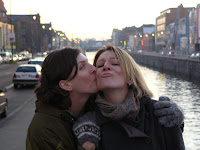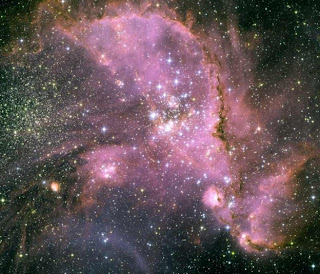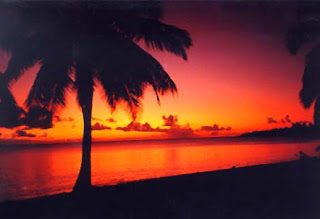fajitas! We were happy to find nearly all the ingredients that we
needed in our local supermarket - the "international" section carries
El Paso tortilla shells (both hard and soft), as well as salsa, chips, and Mexican seasonings. As it turns out, the two things that we had the most trouble with were very unexpected -- sour cream and cheddar cheese.

I know that in Canada, sour cream is translated as "creme sure", but I've read that in France it's known better as "creme aigre". We found neither of these in our Belgian supermarket, but we did see lots of "creme fraiche" and an extraordinary amount of yogurt. Does anyone have any suggestions on how to find sour cream in Belgium? Is it called something different here?
Our second hard-to-find dairy product was cheddar cheese. The most common cheese in our supermarket is "emmental", which is a Swiss cheese. It is very tasty, and I really like it, but Swiss
cheese doesn't exactly fit with fajitas.
 We can hardly complain with the wonderful assortment of
We can hardly complain with the wonderful assortment ofcheeses that we've found here, including my favorite,Boursin, and some Chimay cheeses made by the same Trappist
monks who make the famous beer, but we'll likely be making a trip to
London soon for some good cheddar. :) In the end, we chose the "gratin"
cheese mix, which tastes like fondue cheese, for our fajitas.




















